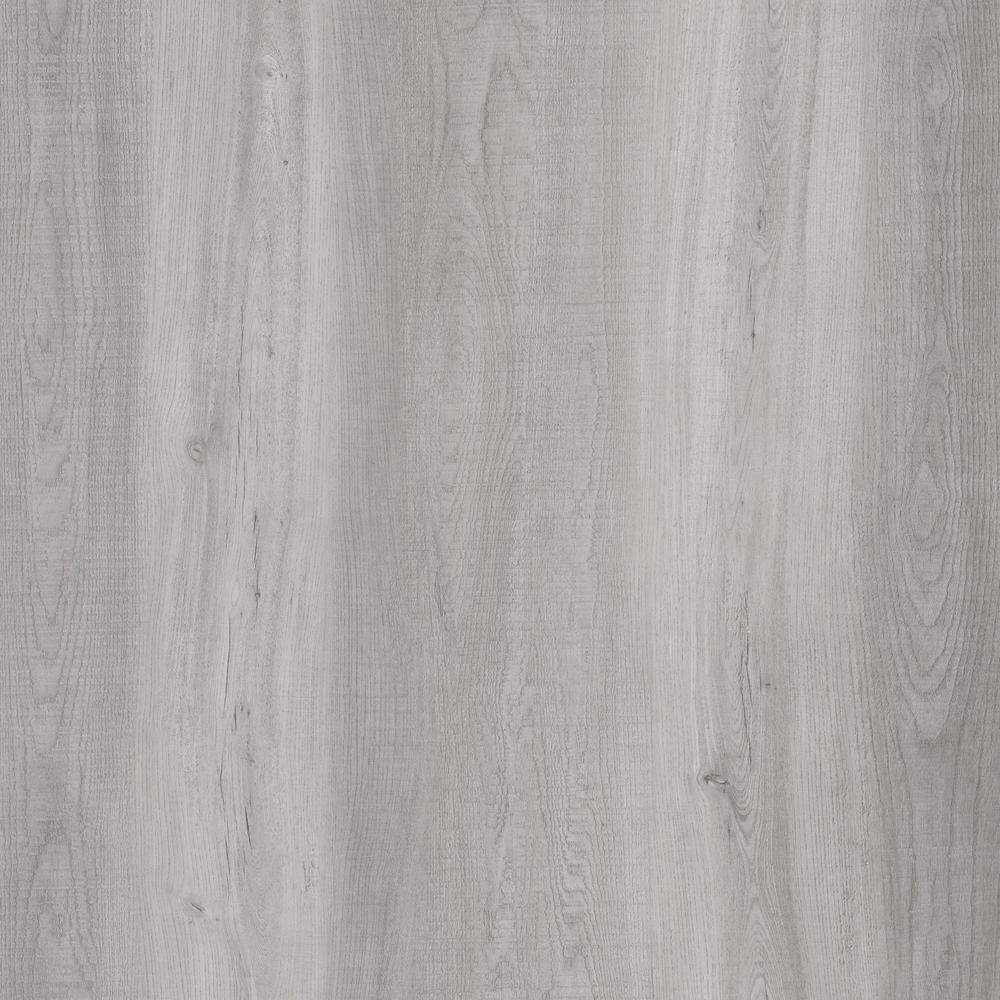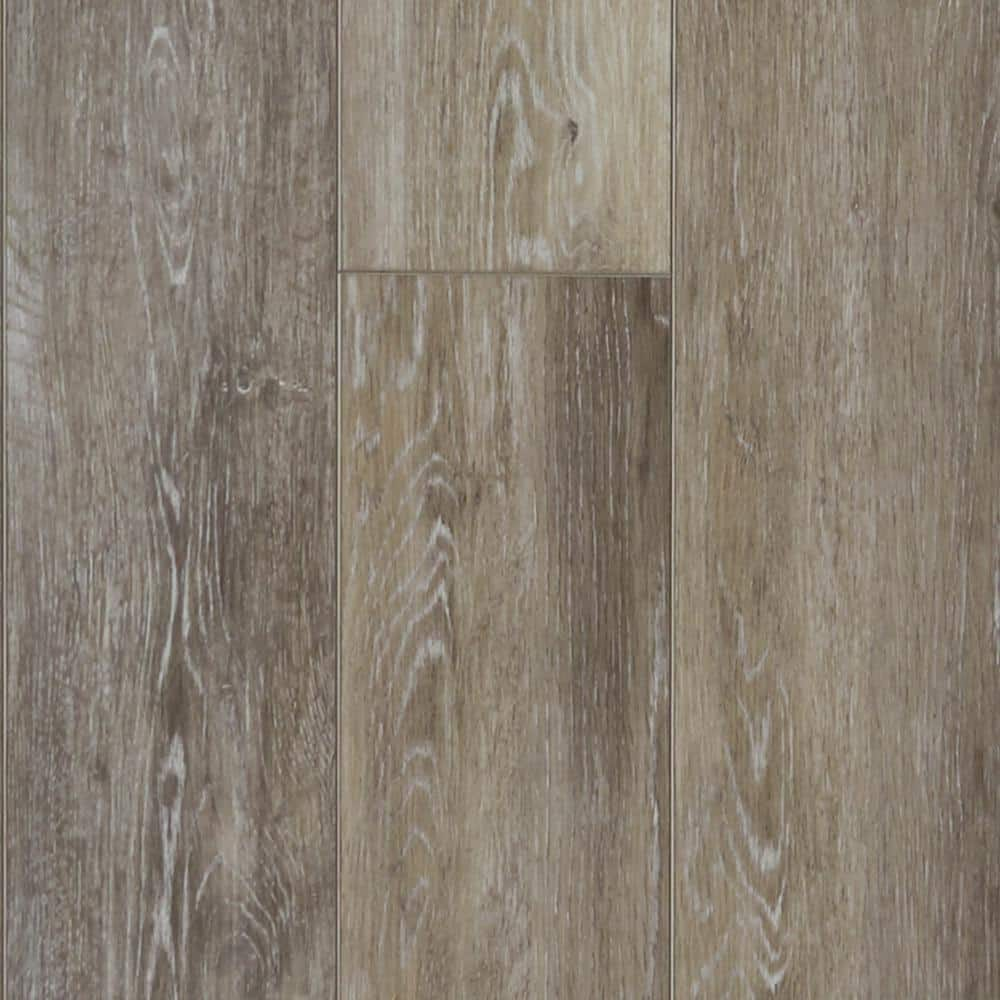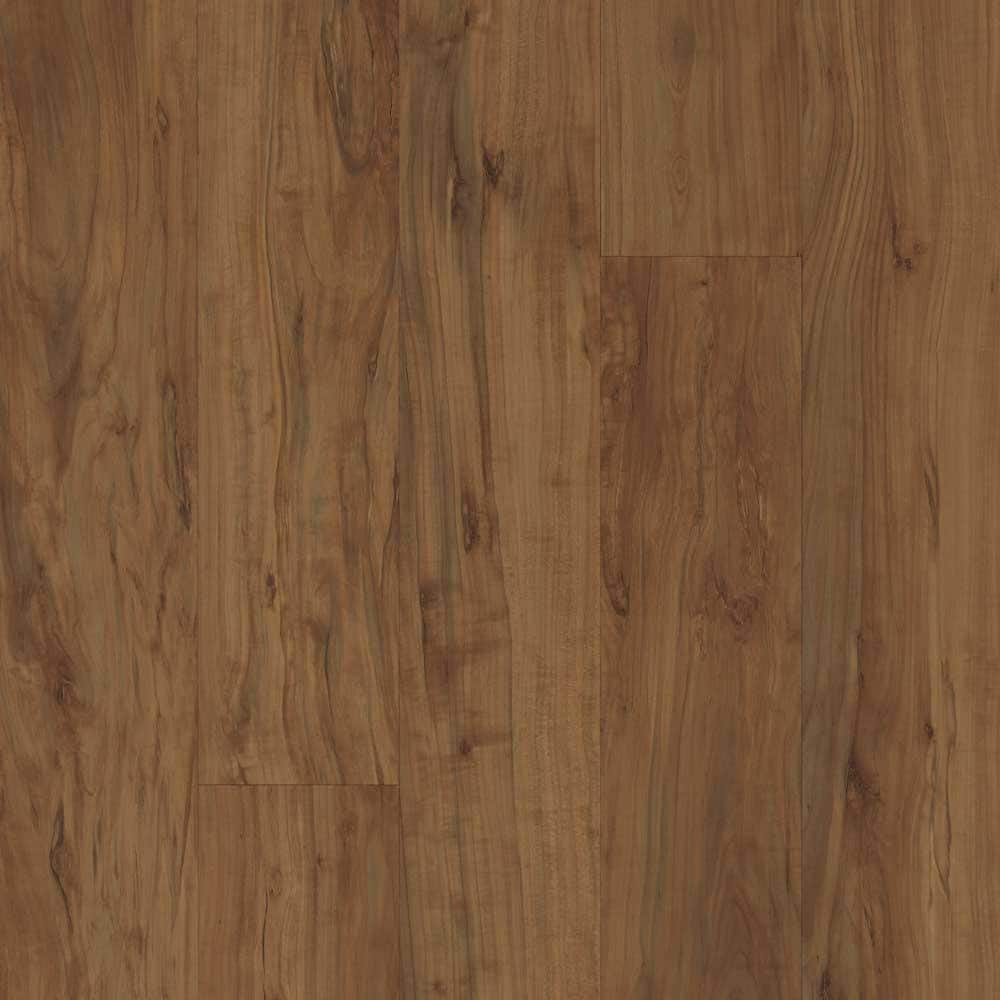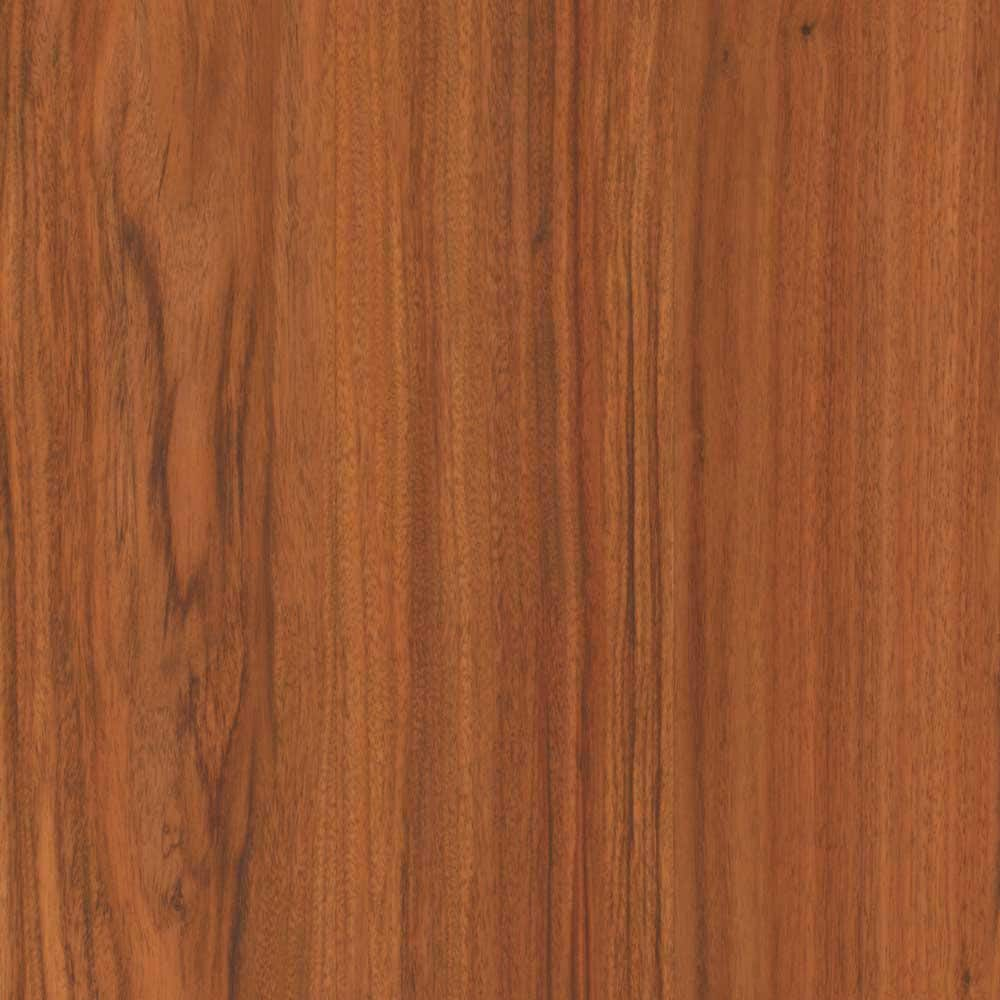Home Decorators Collection Fishers Island Wood 6 in. W x 42 in. L Luxury Vinyl Plank Flooring (24.5 sq. ft. / case)
Enhanced ceramic bead coating resists scratches and stains. Pre-attached underlayment; no acclimation required. Easy installation over existing concrete, tile, vinyl or wood.
Backed by a lifetime residential warranty and 5 year commercial warranty, Home Decorators Collection Solid Core flooring is beautiful and durable, making it the perfect solution for any home. Install quickly and easily over most existing surfaces including concrete, tile, wood and vinyl with our drop-and-lock installation system. An enhanced ceramic bead coating provides added protection against scratches and stains. This product includes a pre-attached underlayment to enhance warmth and comfort underfoot. Home Decorators Collection is 100% waterproof giving you confidence your floors will hold up to everyday life. This flooring is both phthalate-free and formaldehyde-free to ensure product safety. Buy today, install today.
- Embossed; low gloss; authentic design
- 4.8 mm thickness x 6 in. width x 42 in. length
- 100% waterproof; can be installed in most rooms of your home or business – Above grade, On grade, or Below grade
- Can be installed over most existing surfaces including tile, wood, concrete, and vinyl
- Residential and commercial use
- Easy to maintain, no-wax flooring simply clean with a dust mop, vacuum or pH neutral cleaner
- Don’t forget your coordinating trim, molding, tapping block, and soft-faced hammer – available on homedepot.com and shipped directly to your home or to your local Home Depot store; your choice
- All online orders for this item may ship in multiple parcel packages or on a pallet via truck line carrier depending on order quantity
- Enhanced ceramic bead surface coating for scratch and stain resistance
- Pre-attached underlayment provides a floor that’s warm, comfortable and quiet underfoot
- Drop-and-lock installation system makes it fast and easy for both pros and DIYers to install
- No acclimation required
- For use indoors and in temperature-controlled environments only
- Planks per carton: 14 planks; sq. ft. per carton: 24.5
- Actual item color may vary from device screen representation; we recommend that you order a sample and view it in the room where your flooring will be installed
Additional information
| Approximate Tile Size | 6 x 40 |
|---|---|
| Product Length (in.) | 42 |
| Product Thickness (mm) | 4.8 |
| Product Width (in.) | 6 |
| Wear Layer Thickness (mil) | 6 |
| Manufacturer Warranty | Lifetime residential, 5-year commercial |






by Deneen
It’s very durable easy to put down outstanding color.